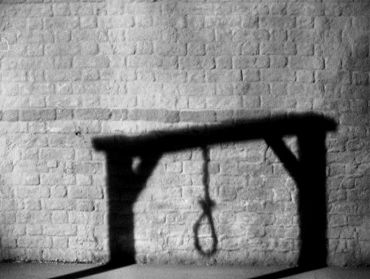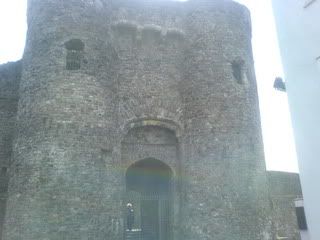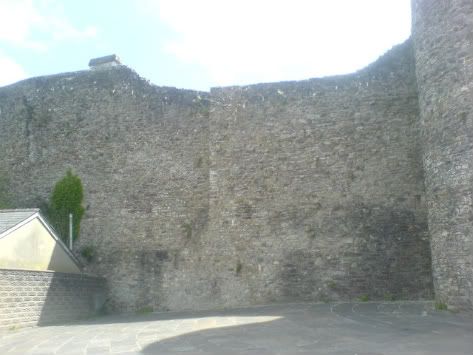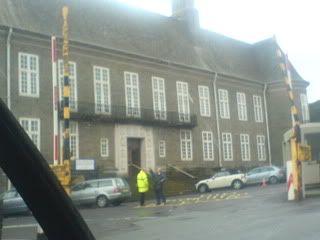
On 6th May 1958 Vivian Frederick Tweed became the last man in Wales to be hanged when he went to the gallows of Swansea prison for the murder of William Williams, a 73-year old postmaster from Fforestfach.
Teed already had a criminal record for offences such as theft and assault and had served two years in prison for those offences. He was regarded as an aggressive individual, indeed the crime for which he was hanged illustrated this. On a darker than usual night on 15th November 1957, Teed broke into the post office in Fforestfach in a desperate attempt to get money. He knew large amounts of money was often kept in the post office because he was one of the builders who had carried out work on the building. From the shadows he knocked on the side door, not thinking for a minute somebody was in but when the door opened and William Williams appeared, Teed struck him several times with a hammer he was carrying in his pocket.
The South Wales Evening Post said: "There were no less than 27 separate wounds on Williams's head. Some of these had been inflicted with such violence that the bones of the skull had been forced into the brain."
After the hanging, under the new rule, no notices were pinned to the main gate of Swansea Prison to announce that the execution had taken place.
It was raining on the morning, and at the appointed hour only a handful of people waited outside the gates. But residents of nearby streets were seen standing in their doorways, waiting for the final grim moment.
The chaplain of Swansea Prison, Reverend Leslie Norman, later attempted to apologise for Teed:
'He wasn't a murderer - he killed a man. If you told him that he was going to murder someone, he would have been shocked. He was caught in the act. They fought and one died. He had no intention of murdering him.'



